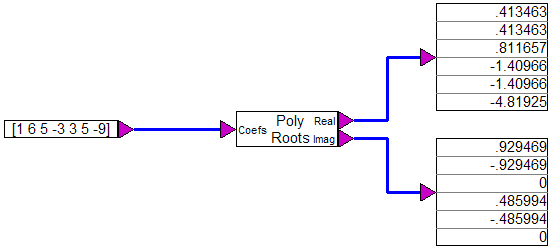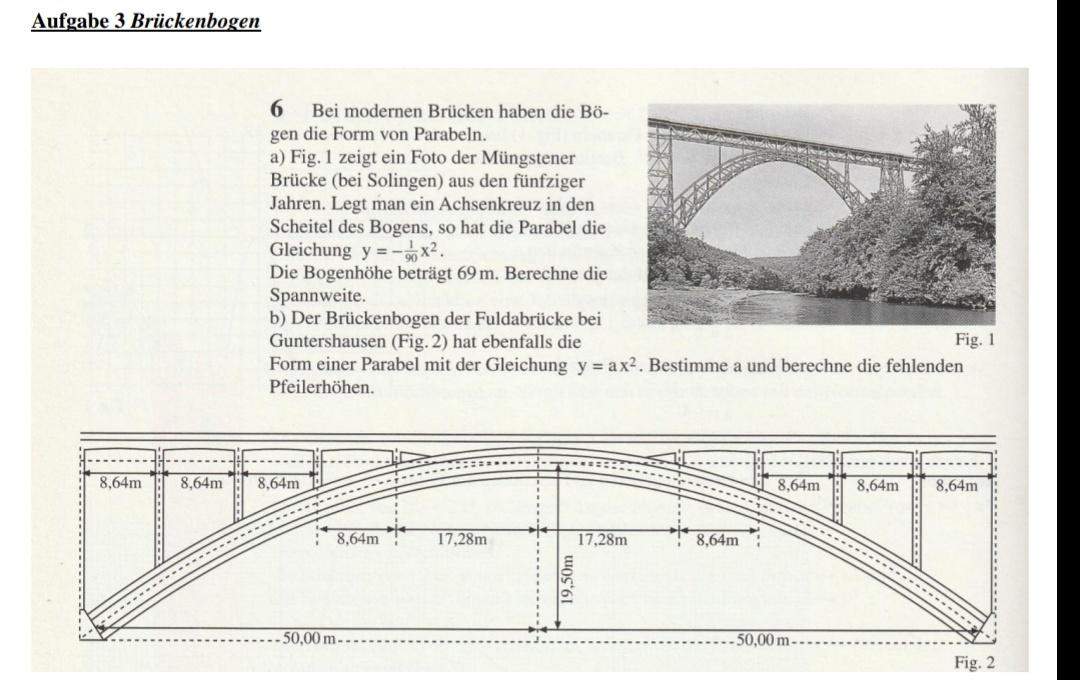
>uman polyroots function RootsMult polyroots(rp,rounded) CALLING SEQUENCE polyroots // displays this help RootsMult polyroots(rp, rounded) PARAMETERS rp : Polynomial (degree N) that's roots are searched for. polyroots attempts to refine the results of roots with special attention to multiple roots.
POLYROOTS IN R PDF
Expand 7 Highly Influenced PDF View 5 excerpts, cites background Save Alert Roots of the derivatives of some random polynomials A.
POLYROOTS IN R HOW TO
z, a numeric or a complex vector containing the polynomial. polyroots(.) identifies main simple or multiple roots of a polynomial, and associated multiplicities. if (is.R()) data('', package 'dse1') model <- (). roots (p) polyroots (p, ntol 1e-04, ztol 1e-08) rootsmult (p, r, tol1e-12) Arguments Details The function roots computes roots of a polynomial as eigenvalues of the companion matrix. The virtual roots of a univariate polynomial f with real coefficients are considered and how to locate the virtual roots on the Budan table and on each of the plan curves called FDcurve and stem of f is shown. rootsmult determines te order of a possible root r. Chang, 'Solving multiple-root polynomials', IEEE Antennas and Propagation Magazine Vol. For a reference of this implementation see F. So first create a dataframe with all combinations: combns = expand. Finds all roots of a polynomial with real or complex coefficients. polyroots attempts to refine the results of roots with special attention to multiple roots. Description Computes the roots (and multiplicities) of a polynomial.


Returns the number of males with occupation "A".Īs I understand from your comment, you want the counts of all possible combinations of sex and occupation. If r is of length N, this function returns the value p ( x) n 1 N ( x r n) The parameter x is converted to an array only if it is a tuple or a list, otherwise it is treated as a scalar. z : the vector of polynomial coefficients in increasing.

Here an example with 100000 rows (occupations are set here from A to Z): > a = ame(sex=sample(c("M", "F"), 100000, replace=T), occupation=sample(LETTERS, 100000, replace=T)) (x, r, tensorTrue) source Evaluate a polynomial specified by its roots at points x. polyroot() function finds zero of a real or complex polynomail.


 0 kommentar(er)
0 kommentar(er)
